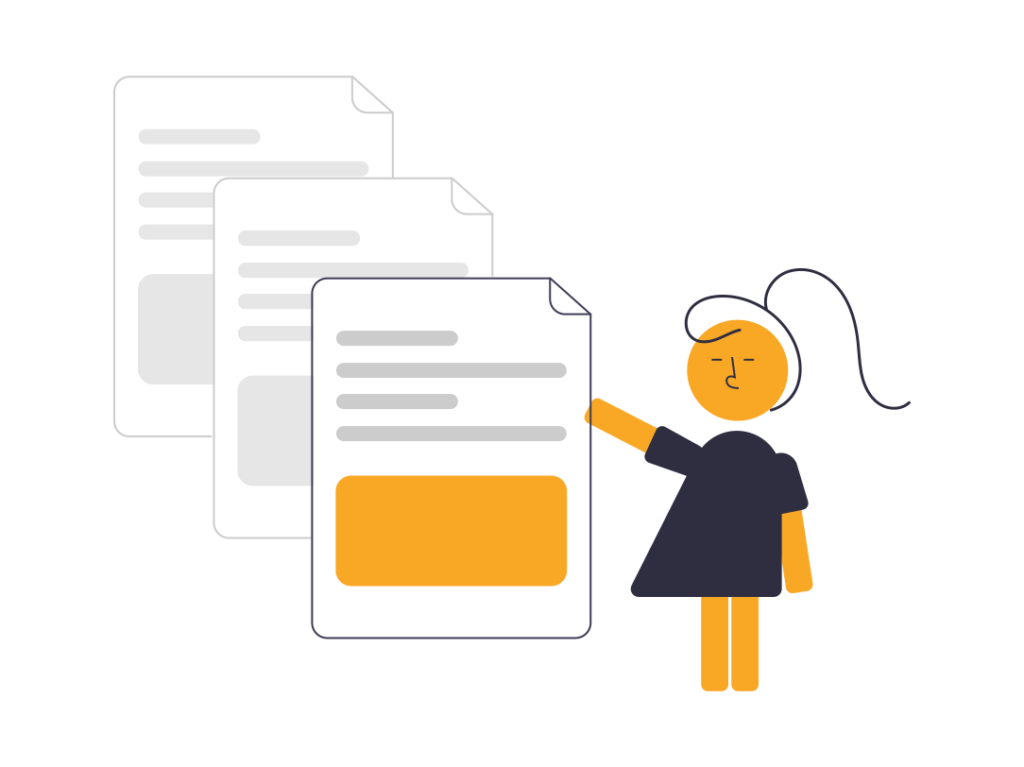Developing a Project charter for a BPM Software Implementation
By: A Staff Writer
Updated on: Feb 25, 2023

If you’re a CFO overseeing a business process management (BPM) software implementation, you know that getting the project charter right is essential for success. In this blog post, we’ll share tips on what to include in your project charter to set your BPM implementation up for success.
Define the objectives of the project charter
The project charter is the document that outlines the purpose, scope, and objectives of a particular project. It defines the parameters, components, and logistical aspects necessary for successful project completion and provides a road map for all stakeholders to move forward with cooperative clarity. The objective of a project charter is to communicate essential details so everyone is on the same page regarding what needs to be accomplished and when. Additionally, it identifies any challenges or shaded areas before starting any work so that contingencies can be planned accordingly. All in all, an effective project charter seeks to ensure all involved parties can understand the project’s overall goals quickly and thoroughly.
List the key stakeholders involved in the project
The key stakeholders involved in a project can include the sponsor or initiator, the project team, any consultants or contractors working on the project, and all the people impacted by its outcomes. The sponsor or initiator is typically responsible for driving the project forward, securing funding and resources, and ensuring that the project’s required outputs are achieved. The project team includes those directly responsible for delivering the project’s end result. They typically define goals, deliverables, and timelines as part of their responsibilities which may involve working closely with outside consultants or contractors to deliver specific elements of the product or service through this initiative. Finally, all individuals affected by this project in any way must also be considered when determining all key stakeholders involved in this project.
Outline the scope of work for the project
This project requires a great deal of work and organization. It entails ensuring that the tasks are broken down into manageable chunks, setting deadlines, and establishing the necessary resources to ensure success. Additionally, it involves regularly assessing progress so that any changes or adjustments can be made if needed. Moreover, the work scope should include communication guidelines throughout the project. Finally, all parties involved need to understand what is expected from them so that everyone is on the same page regarding the goals and objectives for this project to be completed as planned.
Describe the timeline for the project
The project has three distinct phases, each with a timeline and set goals. Phase one will have an initial research phase and may typically range from 4-12 weeks. Following this, the next step will focus on developing a plan of action that outlines key milestones and how they will be achieved. This plan is projected to take two weeks. Finally, the third phase is dedicated to executing and completing the program. This includes testing, launching, and making tweaks for maximum efficiency. Even with a strong team and efficient use of resources, it may take months to finish this phase, including any changes or unforeseen issues that arise midway through.
Identify the risks and challenges associated with the project
Creating and completing any ambitious project will come with risks and challenges. Such tasks typically involve having the resources, personnel, and expertise to finish the job effectively. Poor planning can also jeopardize the entire operation, as tasks must be undertaken efficiently to ensure successful outcomes. Failing to consider expert opinions can be costly when tackling a complex task. In addition, complications may arise if the initial assessment does not factor in inevitable unforeseeable roadblocks – including varying weather conditions, unavailable materials, or lack of specialized technicians. All these factors are essential in creating an efficient plan of action that you can rely on. By modeling scenarios and estimating potential delays, companies can reduce risk while optimizing their projects’ efficiency to increase the chance of successful results.
Detail the budget for the project
Creating a budget for this project is vital in ensuring its success. We must first calculate the materials, labor, and other expected expenses. Cutting costs wherever possible is essential so resources can be marshaled to their most efficient use. Once initial estimates have been made, and we will have to explore discounts or alternative approaches that could allow us to stretch our funds further while meeting our objectives. Additionally, contingencies should be planned so that we can still deliver on time and within budget if something goes wrong. These are all necessary components of creating a sound budget and will help ensure the project is profitable and successful.
In summary, a project charter is an essential tool for every project manager to define the objectives and scope of their project, as well as list key stakeholders and identify risks. It also outlines the timeline and budget required to make the project a success. When done right, a project charter provides organizations with a roadmap that formalizes communication between stakeholders, lays out a plan of action, encourages collaboration, and establishes clear roles, responsibilities, deadlines, and expectations. Creating a standout project charter can go a long way toward realizing the potential of your projects — no matter how big or small. With proper planning and open communication among stakeholders, successful outcomes can be achieved for every process or goal.
To learn more about business process management, please visit our hub.
Business Process Management Hub
- Business Process Management Overview
- BPM Through Time
- Enterprise Use Cases for BPM Software
- Capabilities of a BPM Tool
- Benefits of BPM Software
- Building a Business Case for BPM Software
- Building a BPM COE
- BPM Critical Success Factors
- Why BPM Projects Fail
- BPM Software Implementation Communications
- BPM Company Profiles